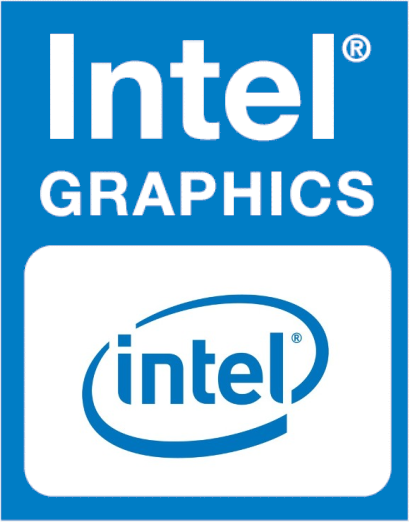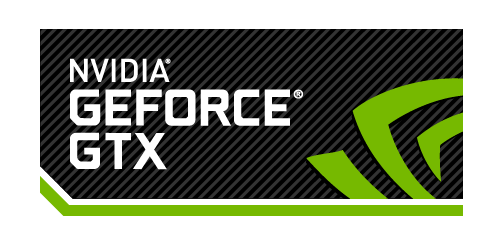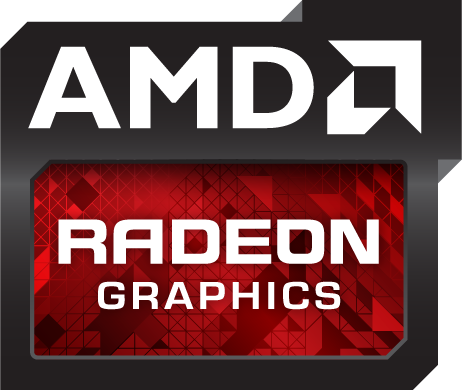Integrated GPUs 
Integrated GPUs do not have RAM of their own but share RAM from the system's main memory. Hence, they are generally slower than dedicated GPU's. Both Intel and AMD provide integrated graphics. Intel HD Graphics is present in Intel's core line of processors while AMD provides the R series of iGPU's.
Though the performance of integrated graphics is obviously lesser than that of a dedicated GPU, thanks to Intel's improvements in the fabrication process, the Intel HD GPUs are more than capable of running the latest AAA games albeit not at HD resolution. The various models of Intel's iGPUs depend on the generation of the processor. For example, all the 3rd generation Intel Processors come with the Intel HD 4000 GPUs. The clock speed of the GPU depends on the model, with the i7 iGPUs have the highest clock speeds and the Pentium/Celeron processors have the slowest clock speeds. The latest MacBook's have a faster version of Intel HD graphics called the Iris Pro which has the capacity to rival entry level dedicated graphics cards. If Mac is your thing, have a look at it.
AMD provides its integrated Radeon G and R series graphics for its mobile AMD APUs. Most of AMD's iGPUs have dedicated cores which AMD terms as compute cores and so, they are faster than Intel's Hd series but still do not match the performance of the dedicated ones.

